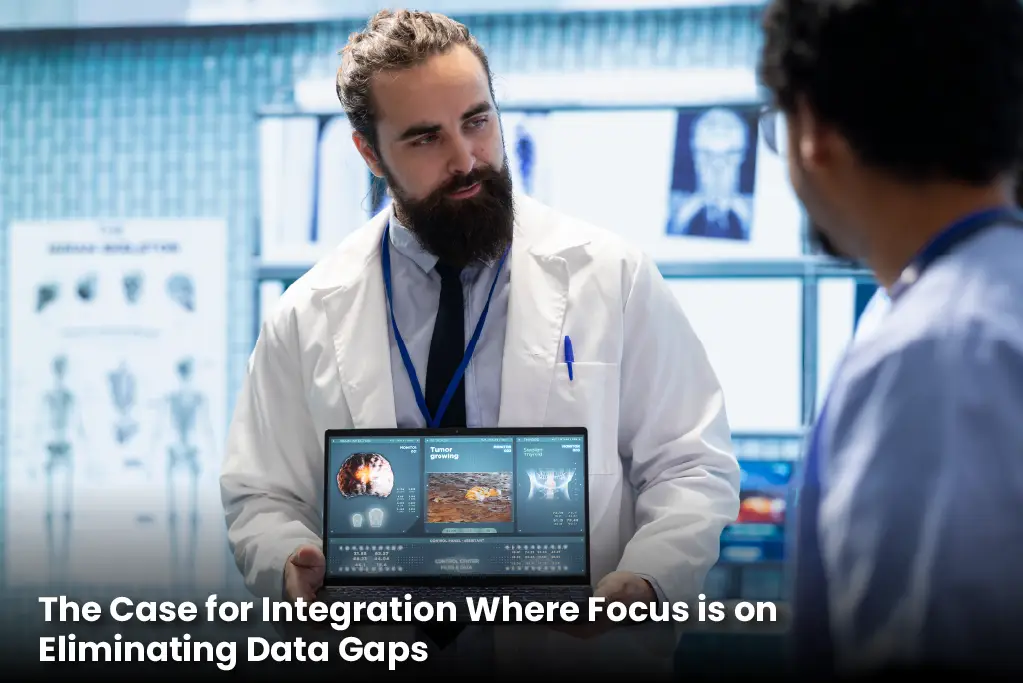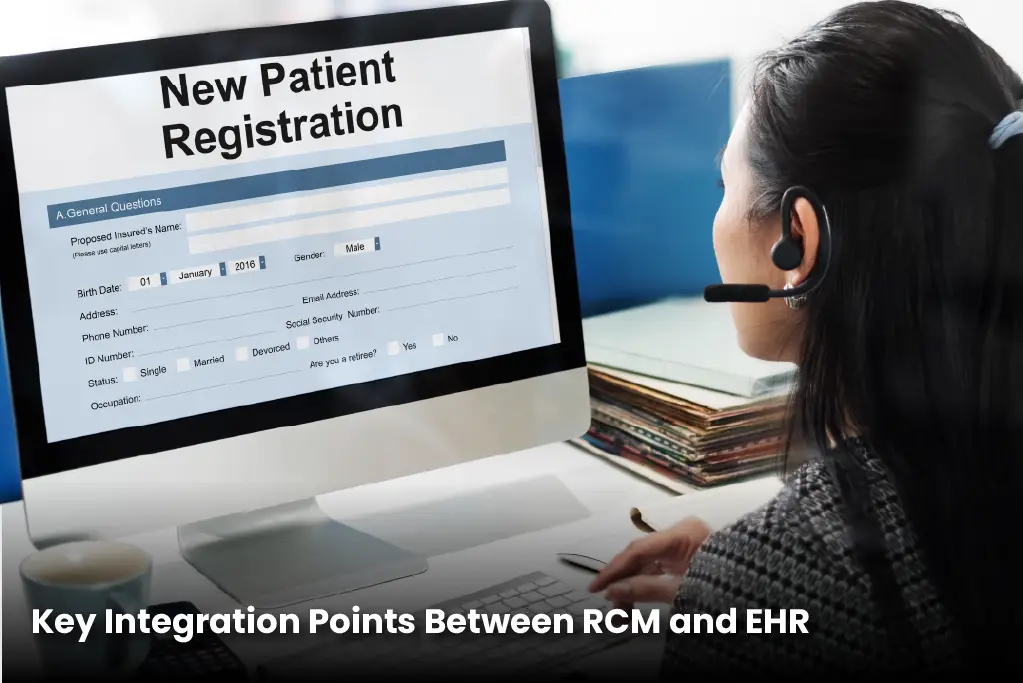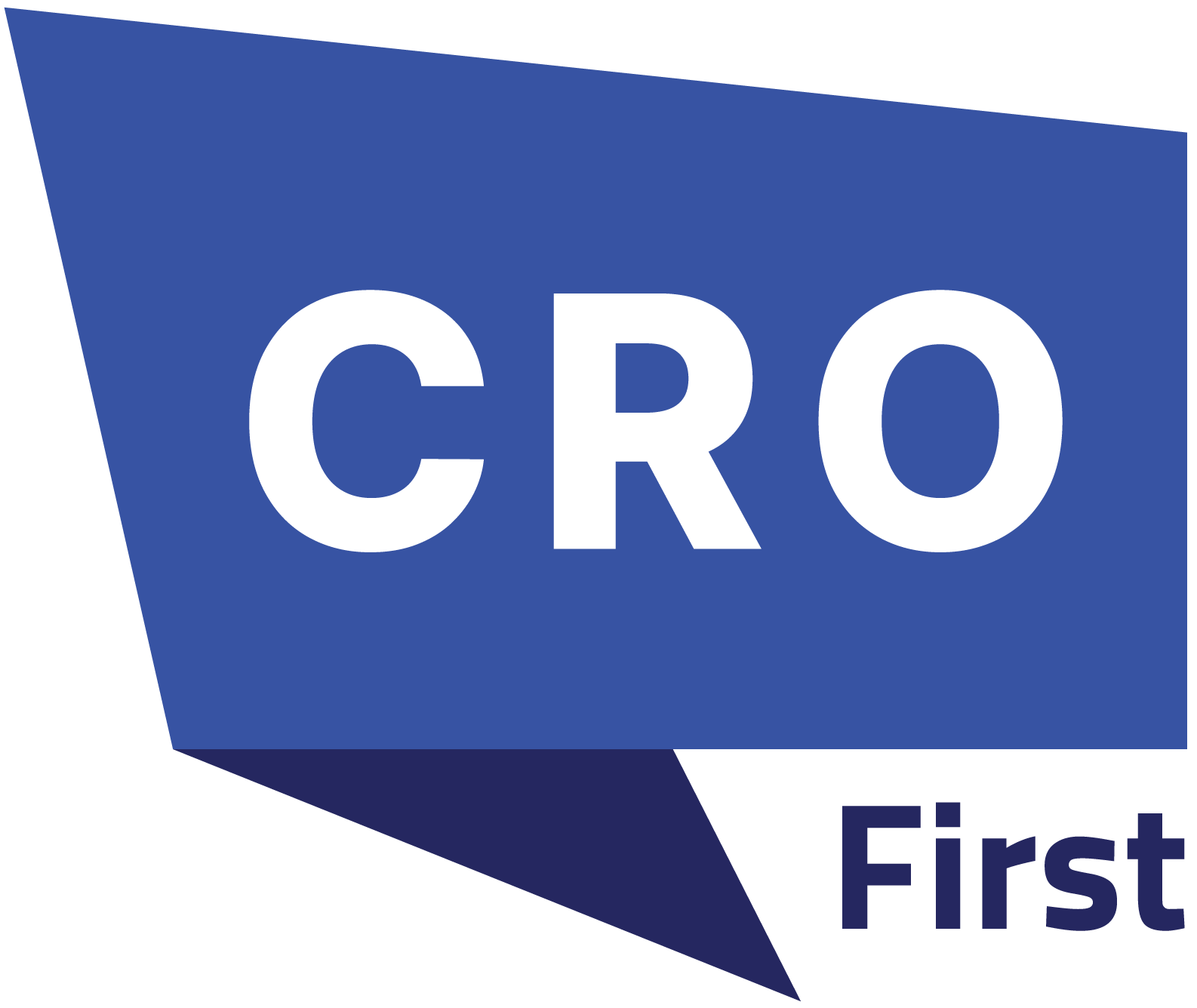As healthcare organizations face increasing reimbursement pressure, administrative overhead and regulatory complexity, revenue cycle management (RCM) and electronic health record (EHR) integration has become a top priority. RCM in healthcare plays a pivotal role in unifying clinical and financial workflows, driving efficiency and minimizing revenue leakage. Fragmented workflows between clinical and financial systems slow down reimbursement and introduce coding errors, claim denials and patient dissatisfaction.
To maximize revenue integrity and streamline operations, providers are adopting integration strategies that enable seamless data exchange between RCM and EHR platforms. This article will explore best practices, implementation approaches and governance frameworks that revenue leaders can use to improve claims accuracy, reduce payment cycles and patient financial engagement.
The Case for Integration Where Focus is on Eliminating Data Gaps

In many healthcare systems RCM and EHR solutions exist in parallel but separate environments. Clinical encounters, diagnoses, procedures and notes are documented in the EHR while billing, coding, charge capture and payment follow up occurs in separate RCM platforms. This siloed approach introduces several inefficiencies.
Disparate systems rely on manual handoffs or batch processing which introduces data delays and transcription errors. Incomplete clinical documentation can result in undercoding while misaligned data formats trigger claim rejections. Revenue cycle teams often don’t have real-time visibility into clinical workflows so they can’t respond to documentation or compliance issues in real-time.
Integration solves these problems by aligning clinical data capture with billing processes in real-time. With shared data environments information flows directly from provider documentation to coding and billing workflows, reducing administrative friction and revenue leakage.
Key Integration Points Between RCM and EHR

Integration depends on finding and connecting the dots between the two systems. Common integration points are:
- Patient Registration and Demographics: Unified intake data so payer ID and eligibility verification is correct from the get go.
- Clinical Documentation: Physician notes, diagnosis codes and procedural details must be structured and sent to coding workflows.
- Charge Capture and Coding: Timely and complete charge data aligned with clinical inputs for accurate claim generation.
- Claim Submission and Remittance: Status updates and payment info must flow back into both systems to close the loop on billing.
- Patient Financial Communications: Unified data for transparent billing, price estimates and payment options through portals or engagement tools.
Getting this right across these points is key to improving claim acceptance rates, accelerating collections and reducing cost to collect.
EHR-RCM Integration Models
Healthcare organizations use one of three models, each with trade-offs in cost, complexity and control.
1. Native Integration (Single-Vendor Platform)
This model uses a single platform where EHR and RCM modules are developed by the same vendor. Data interoperability is built in, real-time updates, consistent interfaces and lower maintenance.
While this is strong alignment, it limits flexibility in choosing best of breed solutions or adapting to specialized workflows in billing or analytics.
2. Middleware-based Integration
This model uses third party integration platforms to connect separate EHR and RCM systems using standard interfaces or APIs. Middleware provides data normalization, routing logic and transformation capabilities.
It offers flexibility and allows you to keep your existing systems. But requires vendor coordination, custom mapping and ongoing performance monitoring to ensure consistency.
3. Point-to-Point Custom Interfaces
Custom built connections between EHR and RCM systems for specific workflows. This allows for tailored configurations and nuanced logic.
The downside is scalability and long term maintenance. Each new feature or system upgrade will require interface revalidation, increasing total cost of ownership.
Data Governance and Compliance
Integration requires not only technical alignment but also data governance. Healthcare organizations must establish policies to ensure:
- Data Quality: All patient and encounter data must be complete, timely and formatted correctly to avoid billing errors.
- Security and HIPAA Compliance: Integrated systems must adhere to strict access controls and encryption standards to protect patient information.
- Auditing: All transactions between systems must be logged and traceable for audits and disputes.
- Change Management: Clinical and RCM teams must agree on data definitions and documentation to support integration.
A joint governance committee of IT, compliance, clinical leadership and RCM will ensure standards and accountability across the organization.
Real-Time Integration
Top healthcare providers are moving beyond batch-based data exchange to real-time integration. Real-time interfaces allow for:
- Instant eligibility checks at the point of care
- Documentation gaps to be flagged before coding
- On-demand claim edits based on payer rules
- Patient notifications for billing, co-pays or balances
This level of responsiveness reduces claim generation time and improves first-pass yield. It also gives patients a better financial experience by eliminating surprises and enabling informed financial decisions at the point of care.
In December 2024, Athenahealth launched AI powered automation within athenaOne to reduce RCM workload by 50% by embedding features like insurance-card reading, Auto Claim Create and smart payer-package extraction into their EHR. These capabilities do live insurance verification, automate claim creation at the point of care and interpret payer policies all without manual intervention. By integrating RCM into the clinical workflow athenahealth enables real-time documentation-to-billing alignment and minimizes administrative handoffs so you get faster billing cycles, fewer denials and less manual work.
Moreover, in February 2025, Salesforce launched Agentforce for Health, a set of AI powered agents to streamline healthcare. These agents are embedded within EHR (Electronic Health Record) workflows, including a new partnership with Athenahealth to integrate with the athenaOne platform. With these agents, Agentforce automates administrative and clinical tasks like appointment scheduling, benefits verification and prior authorizations, delivering real-time efficiency. This integration supports patient access, billing and ongoing patient services all from within the EHR, reducing administrative burden and patient experience.
Implementation Strategy Of Building Cross-Functional Alignment
Success of integrating revenue cycle with EHR systems goes beyond technical compatibility. It starts with a clear implementation strategy that brings together clinical, financial, IT and compliance teams under one umbrella. Assigning ownership across departments ensures each function has input on workflow logic, coding priorities, system usability and data compliance.
Integration projects are typically phased. Planning, data mapping, interface development, pilot testing and full deployment. Throughout this process, alignment across stakeholders is key. IT leads the system configuration and connectivity work but operational leaders from revenue cycle and clinical teams must define how the workflows are designed and validated. Without end user input, integrations will be technically sound but operationally useless. Cross functional collaboration also helps with adoption post implementation, reduces friction in training, minimizes errors and accelerates time to value.
Ensuring Interoperability Through APIs and Data Standards
Modern integration relies on robust API frameworks. APIs allow real time communication between EHR and RCM systems, access to patient data, coding fields, encounter history and financial transactions. Organizations evaluating integration readiness must assess the breadth and depth of API support in their chosen systems.
Interoperability standards like FHIR (Fast Healthcare Interoperability Resources) and HL7 are key to data consistency and portability. These standards help normalize the data between systems, so even when systems are updated or vendors change, the alignment will be maintained. The more comprehensive and standardized the APIs the more scalable and sustainable the integration will be.
Also organizations must evaluate how well their existing IT infrastructure supports API driven workflows. Real time interfaces offer big efficiency gains but also require stable network performance, secure access controls and consistent data formatting across systems. Investing in these foundational capabilities early will make integration smoother and more adaptable.
Vendor Partnership and Support Models
Choosing the right technology partners is key to RCM-EHR integration success. Organizations get the most value from vendors who offer technical interoperability and long-term commitment to support, roadmap development and post-implementation optimization.
Good vendors do more than software. They are strategic partners who help with interface configuration, data validation, training and performance tracking. They are involved during testing phases and go-live readiness to resolve configuration gaps and smooth adoption by clinical and financial teams.
For multi-site health systems or organizations with complex billing structures, vendor flexibility is even more important. The ability to adapt integration logic to different workflows, payer rules and patient engagement models reduces the burden on internal teams and improves quality of results delivered through integration.
In June 2025, Cohere partners with Ensemble Health Partners to launch AI-powered end-to-end revenue cycle automation platform. Integrates with EHRs to streamline patient access, charge capture, claims, denials, and collections. Adapts in real time to payer rules and operational data.
Managing Change and Driving User Adoption
Technology implementation alone doesn’t guarantee success. User training and change management are key components of any integration project. Clinicians and revenue cycle staff need to know how to use new systems and why the integration matters to their daily work.
Training should focus on how documentation behaviors, data entry consistency and workflow timing impact billing outcomes. Clinical users need to know that accurate, timely documentation reduces claim denials and increases reimbursement. Billing teams need to be able to interpret clinical data flowing into their systems in real-time.
Structured feedback loops are important in the early stages of deployment. Collecting frontline feedback allows teams to identify pain points, correct mismatches and streamline user experiences. This feedback also feeds into long term refinement of integrated workflows so systems can evolve with changing clinical and payer requirements.
Measuring ROI and Integration Effectiveness
One of the main drivers of EHR-RCM integration is the ability to improve revenue performance. Improvements will show up in various operational metrics such as higher first pass claim acceptance rate, lower denial rates, faster accounts receivable turnover and less manual intervention in charge capture or coding validation.
Many organizations also see a reduction in cost-to-collect as manual reconciliation and rework decreases. Over time automation of eligibility checks, payer edits and claim scrubbing leads to better financial predictability and lower administrative overhead.
Beyond direct revenue improvements, integration also improves the patient financial experience. Faster billing cycles, accurate estimates and fewer post-service corrections build trust with patients and increase the likelihood of timely payments. As value-based care and patient-centric models continue to grow, this experience becomes part of overall financial health.
Future Revenue Models
While the benefits of RCM-EHR integration are clear today, the long term value is in preparing for the next generation of healthcare operations. As predictive analytics, AI based coding and real-time eligibility validation become more prevalent, integrated systems will be the foundation for these advanced capabilities.
Real time data exchange enables smarter decision making across the care continuum. It allows for faster responses to payer rule changes, better forecasting of patient financial behavior and earlier identification of compliance gaps. Integrated systems also make it easier to implement new reimbursement models such as bundled payments or capitated care by linking financial workflows to clinical outcomes.
Health systems that continue to operate in silos will face not only efficiency gaps but strategic disadvantages. Integration is no longer an IT project; it’s a business imperative for finance teams in healthcare.
Conclusion
Integrating revenue cycle management with EHR systems is key to financial resilience in today’s healthcare world. Siloed operations between clinical and billing systems cause errors, inefficiencies and revenue leakage. A well-executed integration strategy anchored in stakeholder alignment, API enabled architecture and governance can boost billing accuracy, reimbursement speed and patient experience.
As the healthcare landscape moves to real time data exchange and value based care, seamless RCM-EHR integration allows organizations to operate with more agility, precision and insight. For revenue leaders investing in integrated RCM in healthcare is no longer optional. It’s a necessary transformation to sustain performance in a more complex and regulated industry.

